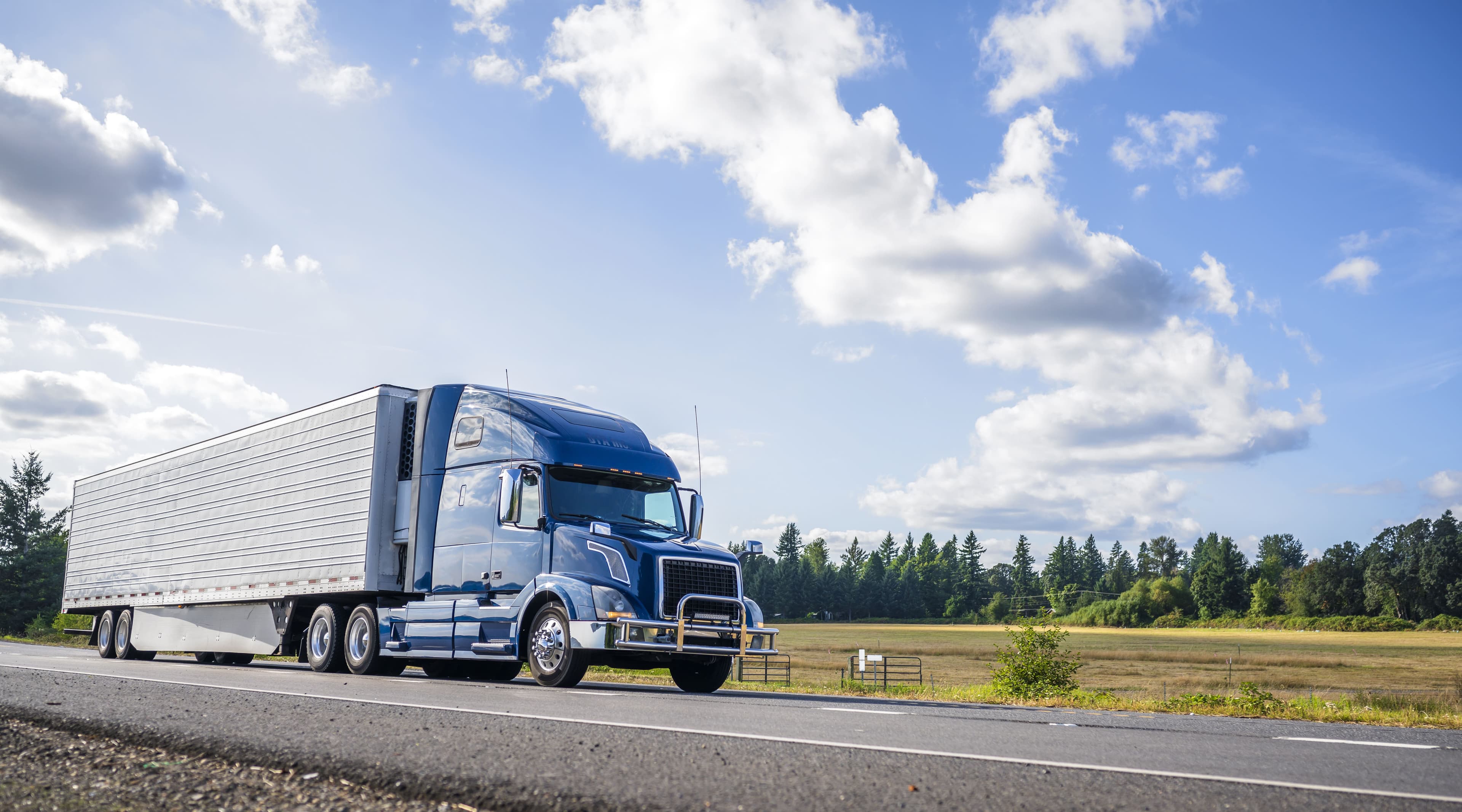Understand the Benefits and Differences of CNG and RNG

Trending
Top Posts
Transportation Strategy
What is a Transportation Management System?
4 min read
March 27, 2025
Market Events
A Comprehensive Guide to Federal Policy Updates and Their Impacts on the Transportation Industry
10 min read
March 26, 2025
Market Events
Diesel Fuel Price Trends to Watch for the Remainder of 2025
5 min read
March 25, 2025

4 min read
June 30, 2023

Share:
Growing environmental concerns and increased government regulations are driving alternative energy vehicle (AEV) adoption in the transportation sector. In fact, organizations like Comcast and Clif Bar & Company have already rolled out their own alternative energy fleets. But despite these efforts, many transportation and sustainability professionals still believe the misconception that battery electric vehicles (BEVs) alone hold the key to achieving widespread AEV adoption.
The reality is that BEVs won’t be practical at scale for years due to scarce vehicle supply and inadequate BEV charging infrastructure. As a result, it’s tempting for industry leaders to wait until BEVs are feasible at scale to make adjustments to their fleets — which doesn’t help them meet short-term emissions reduction goals.
But even if infrastructure and availability concerns are resolved, BEVs may not present the most feasible option among the vast range of energy sources. For instance, BEVs are practical and efficient for short hauls, but charging requirements make them unsuitable for use cases like long-haul trucking.
It’s clear that the shift to clean energy requires careful consideration and planning from transportation and sustainability teams. A portfolio approach to AEV adoption can help teams overcome industry hurdles — and meet emissions reduction goals and climate legislation deadlines.
It may take years for BEVs to scale. But there are a number of ways you can incorporate AEVs into your transportation network right now. By embracing a polyfuel approach — the use of multiple energy sources to power vehicles — you can diversify your fleets with various AEVs, each offering unique benefits and reducing your transportation network’s carbon footprint.
A holistic approach to AEV adoption also allows you to consider factors ranging from length of haul to evolving policy and infrastructure. This comprehensive view enables you to implement changes to your transportation network that promote long-term emissions reduction.
Here’s why this approach is critical:
A holistic approach is critical for achieving widespread AEV adoption. To meet your emissions reduction targets, consider consulting with a third-party transportation management technology partner. The right partner can help you track your scope 1 and 3 transportation emissions, equip you with the information to develop relevant and actionable goals, and help you make more informed decisions about AEV adoption.
In addition to identifying a strategic transportation management technology partner, you’ll also need to stay informed about the various incentives and tax credits available to help fund AEV adoption. By leaning on these tools and tactics now, you can set up your organization for a more sustainable future.
Most people think of BEVs when they hear a polyfuel approach. However, there are countless ways you can begin AEV adoption today — beyond EVs. A portfolio approach to AEV adoption enables you to integrate multiple alternative energies into your transportation network strategy, allowing you to make meaningful progress toward your short- and long-term emissions reduction goals or targets.
Connect with Breakthrough to learn how our CleanMile solution can help you track your scope 1 and scope 3 emissions, as well as create a strategy for AEV adoption that’s tailored to your transportation network.

4 min read
March 27, 2025
Discover how a TMS streamlines planning, execution, and logistics with real-time visibility, automation, and data-driven insights to optimize freight moves.
Read more
10 min read
March 26, 2025
Stay informed of the latest federal transportation policy changes to help you adapt, manage risks, and seize new opportunities in the dynamic landscape.
Read more
5 min read
March 25, 2025
Explore diesel fuel price trends, including the impact of oversupply, OPEC+ decisions, and geopolitical factors. Discover strategies to adapt to the energy market.
Read more